(Dan Tri) - The Soviet military experts devoted their best to helping the Vietnamese army and people. They lived the best days of their lives in a country on the front line.
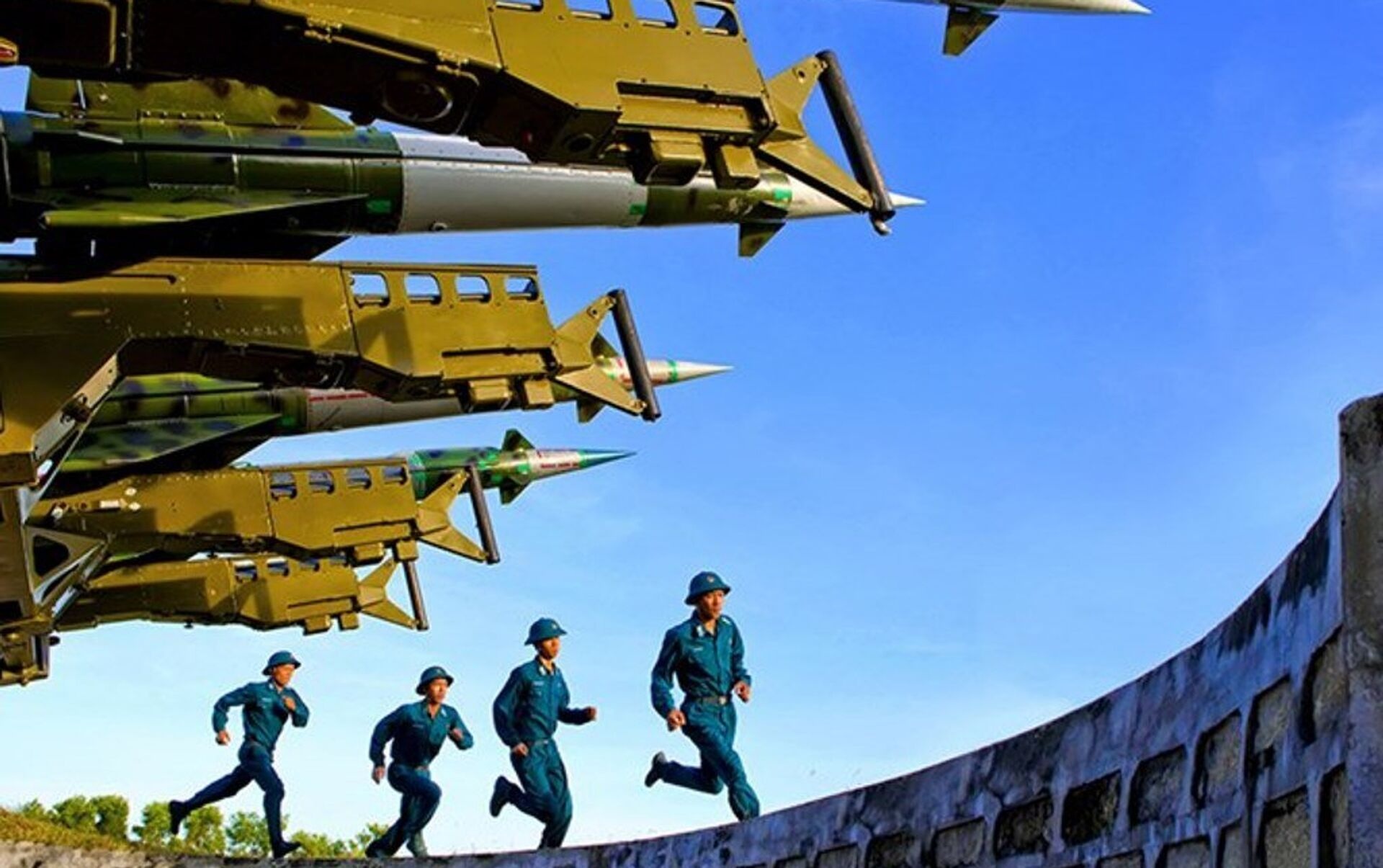
The first Soviet soldiers were sent to Vietnam.
According to the statistical documents of the General Political Department of the Soviet Army currently stored at the Russian Ministry of Defense Archives, from March 1965 to December 1974 alone, 6,359 generals, officers and more than 4,500 non-commissioned officers and soldiers of the Soviet Army came to work in Vietnam. Among them, many had experienced the "Great Patriotic War" of the Soviet people's victory over Nazi Germany. Soviet generals, officers, non-commissioned officers and soldiers worked in advisory agencies, experts on air defense missiles, air force, navy, special forces, border guards, electronic warfare, cryptography, communications, weapons and ammunition engineering, military medicine, command staff, and military intelligence. According to KGB Colonel Igor Nikolayevich Morozov, 16 Soviet officers and soldiers died while on duty in Vietnam during the Resistance War against America. Dozens of other officers and soldiers were injured. The first Soviet military experts to arrive in Vietnam after 1954 were Border Guard officers and soldiers, who then belonged to the NKVD (Soviet People's Commissariat for Internal Affairs) field force. According to an agreement on cooperation in protecting national borders signed between Vietnam and the Soviet Union, from 1957 to 1961, a group of Soviet border guards led by Colonel Nikita Fyodorovich Karatsupa was sent to Hanoi to train the Vietnamese Internal Guard. The Soviet trainers included experts in mountainous warfare and complex terrain; experts in reconnaissance and tracking; experts in martial arts; experts in horse training and war horse use; experts in training service dogs... Soviet experts also gave Vietnam more than 30 Buzuluk horses, a world-famous breed of war horses, associated with the long-standing tradition of the Don Kazak people. After 18 months of hard work on the training grounds, the training process achieved very good results. On March 3, 1959, the Vietnam People's Armed Police force was established under Decision No. 100/QD-TTg of the Prime Minister of the Democratic Republic of Vietnam on the merger of the Internal Guard force and the Vietnam Border Guard force. The People's Armed Police has the task of protecting the national border, protecting land border gates, seaports, airports as well as inland guard with the initial force being the 600 Internal Guard Regiment, 8 border battalions and border guard stations located throughout the North. One of the border guard stations of Vietnam during the period of 1959-1964 on the Vietnam - Laos border was named "Karatsupa". In 1960, at the request of the Party and Government of Vietnam, the Party and Government of the Soviet Union sent to Vietnam a group of aviation experts led by Air Force General Nikolai Semyonovich Skripko (later Marshal) to help the Vietnamese aviation industry build airport bases and air traffic control stations. This group of experts conducted the first military-civilian flights between the Democratic Republic of Vietnam and the Kingdom of Laos. The Soviet aviation expert group also included helicopter instructor pilot Meleyev, who flew the Mi-4 helicopter with registration number VN-51D, specializing in transporting President Ho Chi Minh on business trips within the country. The co-pilot was Lieutenant Tran Ngoc Bich, a graduate of the Air Force School No. 2 of the People's Liberation Army of China (PLA). The first group of aviation experts also included another veteran and famous pilot. That was Colonel Sergey Alekseyevich Somov (1920-2011), Hero of the Russian Federation (1996), who was in charge of piloting the twin-engine Lisunov Li-2 propeller transport aircraft with registration number VN-48, carrying President Ho Chi Minh on business trips abroad. Also starting from 1960, Vietnamese pilots were trained by Soviet experts to fly civil aircraft Lisunov Li-2 and Ilyushin IL-14. By 1962, the group of experts of Air Force Senior Lieutenant General NS Skripko also completed helping the Vietnam Aviation Administration plan the construction of airports, including two very important new air bases in Da Phuc (now Noi Bai) and Cat Bi (Hai Phong). Soviet and Vietnamese pilots made 1,900 joint flights with a total accumulated flight time of 4,270 hours, transporting 7,460 passengers and 1,000 tons of cargo. Among them were flights to drop supplies from Vietnam to the Pathet Lao bases. On February 17, 1961, while on a low-flying mission to drop supplies to the Pathet Lao base in Sam Neua, Air Force Senior Lieutenant AN Solomin died when his plane was hit by ground fire. He was the first military expert of the Soviet Army to die while working in Vietnam.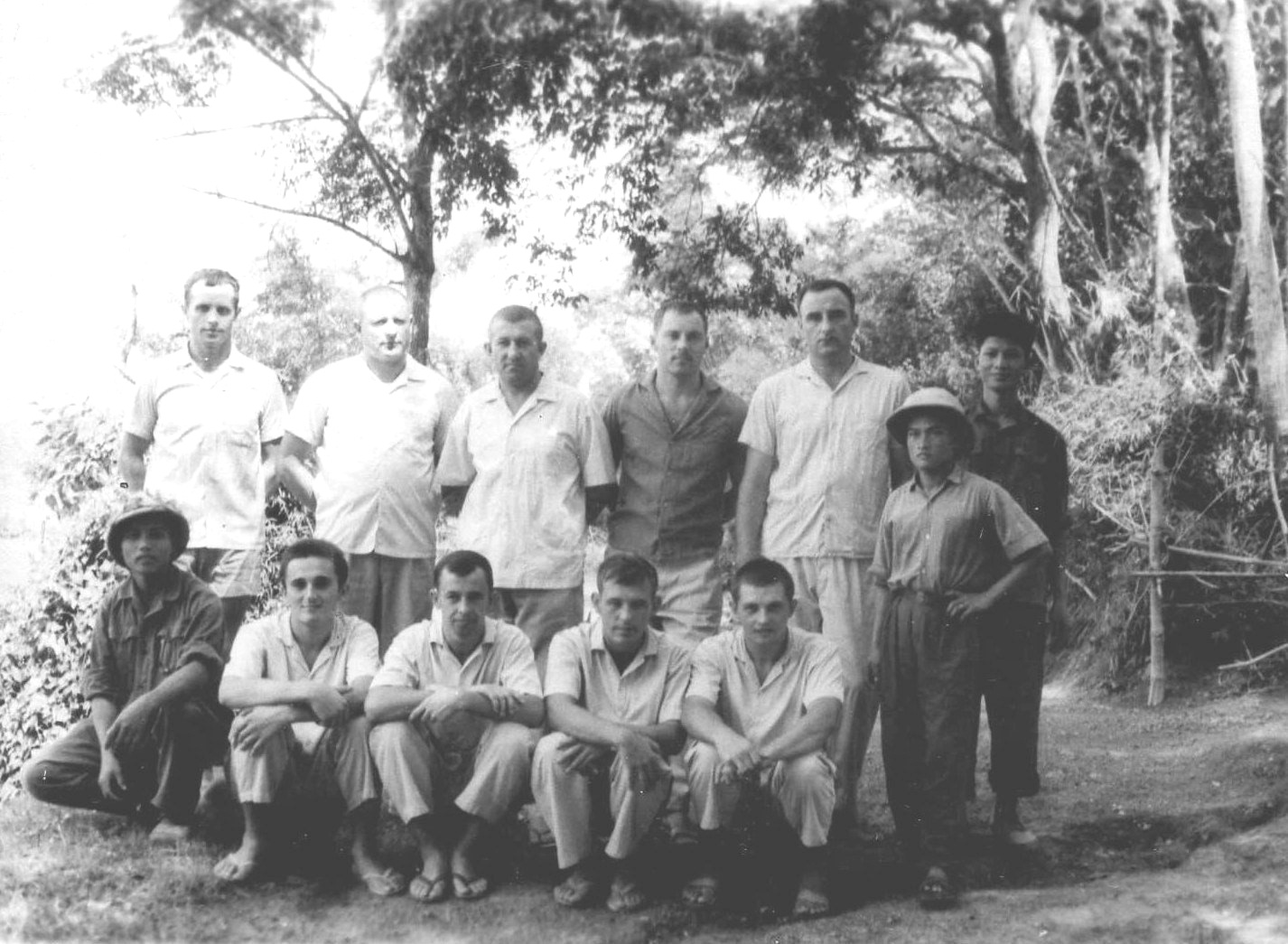
The Soviet military expert delegation in Vietnam was established.
Since 1965, the Soviet Union has advocated increasing military assistance to Vietnam in its resistance war against the US, first of all against the US Air Force and Navy's destructive war in North Vietnam. In February 1965, the Soviet Council of Ministers passed Resolution No. 525-200, laying the foundation for military assistance to the Democratic Republic of Vietnam. Also in February 1965, Chairman of the Soviet Council of Ministers Aleksey Nikolaiyevich Kosygin and Prime Minister of the Democratic Republic of Vietnam Pham Van Dong signed an intergovernmental agreement. Accordingly, the Soviet Union pledged military aid and sent experts, trainers, and technical staff to comprehensively support Vietnam in repelling US air strikes. From 1965 to 1972, the Soviet Union provided Vietnam with modern weapons including S-75 air defense missiles; MiG-17 and MiG-21 fighters; IL-28 bombers, An-2, Li-2, IL-14, IL-18 transport aircraft,...; 37mm, 57mm and 100mm anti-aircraft guns; 105mm, 122mm and 130mm ground guns; T-34, PT-76 and T-54 tanks; high-speed torpedo boats, minesweepers, coastal patrol boats; medium and long-range radar systems... According to statistics declassified by the Russian Ministry of Defense in 1999, from 1965 to 1975, the Soviet Union provided Vietnam with 513,582 tons of military aid. Of which, the period from 1965 to 1972 was 370,763 tons. The number of weapons and equipment that the Soviet Union provided directly to Vietnam or indirectly (in name) through the Eastern European socialist countries during the resistance war against the US was very large. Including: Infantry guns; Anti-tank guns; Mortars of all sizes; Recoilless rifles; Howitzers: 1,052 guns (directly 789 guns); Anti-aircraft guns of 37mm caliber or larger: 614 guns; SA-75 air defense missiles: 94 sets (each set equipped for 1 battalion) with 8,686 missile shells; A-72 shoulder-fired air defense missiles; S-125 air defense missiles: 6 sets (each set equipped for 1 battalion); Fighter aircraft of all types: 316 units; Warships of all types: 52 units; Tanks of all types: 697 units (directly 687 units); National warning radar: 40 sets (37 direct sets) and many other weapons and equipment. Along with the above mentioned amount of weapons and equipment, the Soviet Union sent tens of thousands of generals, officers, non-commissioned officers, soldiers, and technical staff to work as training experts for Vietnamese troops in using those weapons and equipment. Based on the analysis and evaluation of activities, personnel, and equipment, the Soviet Party and Government decided to establish the "Soviet Military Expert Group" to work permanently in Vietnam on a rotational basis. The term of office of the members of the group could be from 9 months to 3 years depending on the war situation and the position of the personnel. The first activities of the Soviet Military Expert Group in Vietnam were to participate in battlefield surveys with the Vietnamese side. In early 1965, the Delegation organized for Soviet Artillery Marshal Pavel Nikolayevich Kuleshov to lead a group of senior officers of the Artillery and Anti-Aircraft Missile Directorate of the Soviet Ministry of Defense (GRAU) to conduct a secret trip across the Northern Delta, Thanh Hoa and the former Zone 4. The results of the visit were very specific recommendations on strengthening the equipment of the ground air defense forces of the Vietnam People's Army. The survey team's summary report recommended equipping anti-aircraft missiles and adding 37mm and 57mm anti-aircraft guns to replace the captured Rheinmetall 37mm and Flak 88mm anti-aircraft guns (captured from Nazi Germany) that Vietnam used in the Dien Bien Phu campaign because factories in the Soviet Union and Eastern Europe no longer produced ammunition for those guns. Based on the survey results, the leader of the Soviet Military Expert Group also proposed a detailed plan to train Vietnamese combat crews to use the S-75 anti-aircraft missile, which was a modern anti-aircraft weapon at that time. The Soviet friends acted very urgently. Only 30 days after the report was submitted to Moscow, in March 1965, the Anti-Aircraft Artillery Corps of the Vietnam People's Army received hundreds of 37mm cannons, more than 70 57mm cannons along with optical-electronic aiming equipment. The Soviet Union affirmed that aid to Vietnam was carried out on the basis of the Constitution and laws of the Soviet State, in compliance with international treaties, conventions and practices, in the spirit of brotherhood, mutual assistance and deep proletarian international sentiment. Thanks to these cannons, the Vietnamese anti-aircraft artillery troops fought excellently in the first battles, shooting down many enemy aircraft. The pilots of the 921st Red Star Fighter Regiment of the Vietnam People's Air Force were young, with indomitable will, and with only the newly aided MiG-17 aircraft with subsonic speed, but they shot down 2 US Navy F-8Us and 2 supersonic F-105D multi-role attack aircraft in these battles. US Air Force General William W. Momyer had to bitterly confirm that "April 4, 1965 was the darkest day of the US Air Force".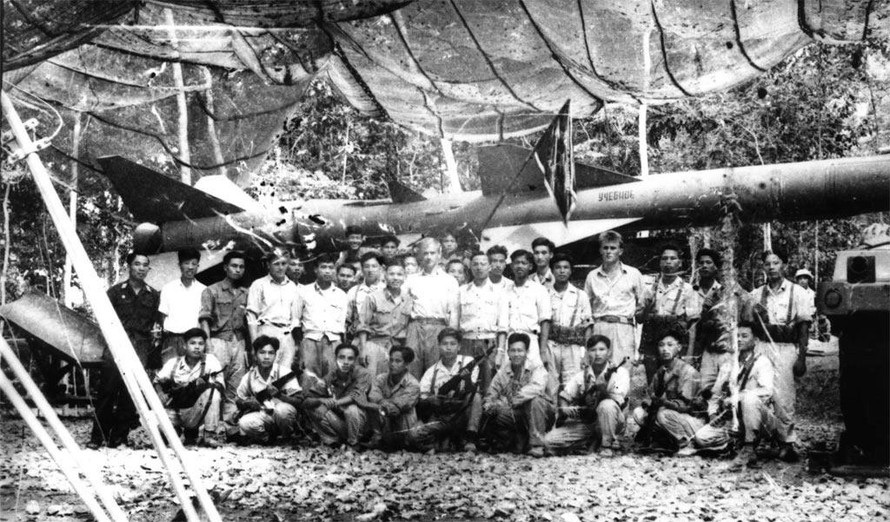
Dantri.com.vn
Source: https://dantri.com.vn/xa-hoi/doan-chuyen-gia-quan-su-lien-xo-o-viet-nam-ho-da-song-nhung-ngay-dep-nhat-20240618114202605.htm

![[Photo] Comrade Nguyen Duy Ngoc holds the position of Secretary of the Hanoi Party Committee](https://vphoto.vietnam.vn/thumb/1200x675/vietnam/resource/IMAGE/2025/11/04/1762234472658_a1-bnd-5518-8538-jpg.webp)


![[Photo] Ca Mau "struggling" to cope with the highest tide of the year, forecast to exceed alert level 3](https://vphoto.vietnam.vn/thumb/1200x675/vietnam/resource/IMAGE/2025/11/04/1762235371445_ndo_br_trieu-cuong-2-6486-jpg.webp)
![[Photo] Government holds a special meeting on 8 decrees related to the International Financial Center in Vietnam](https://vphoto.vietnam.vn/thumb/1200x675/vietnam/resource/IMAGE/2025/11/04/1762229370189_dsc-9764-jpg.webp)
![[Photo] Ho Chi Minh City Youth Take Action for a Cleaner Environment](https://vphoto.vietnam.vn/thumb/1200x675/vietnam/resource/IMAGE/2025/11/04/1762233574890_550816358-1108586934787014-6430522970717297480-n-1-jpg.webp)
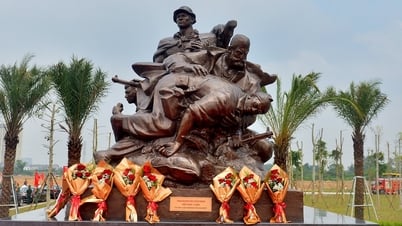

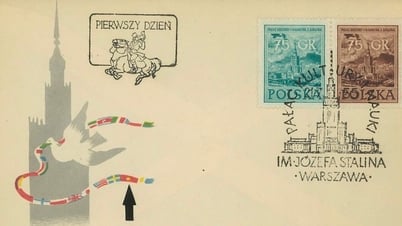

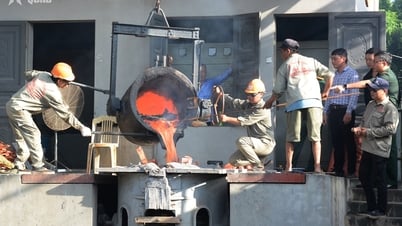

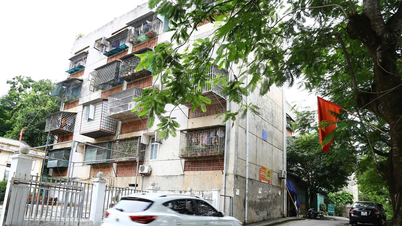







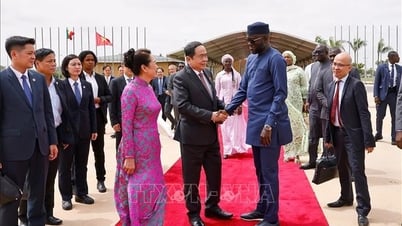

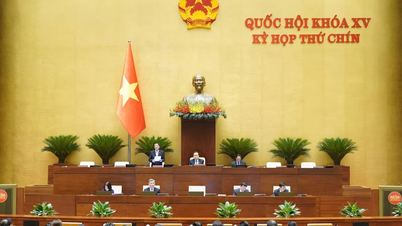
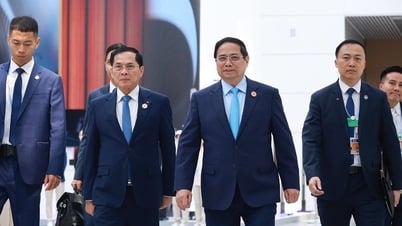

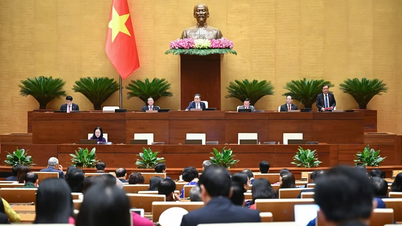
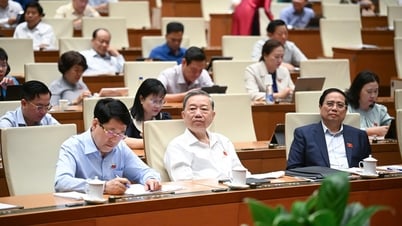







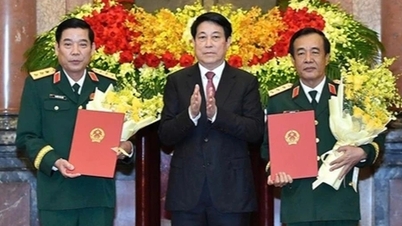




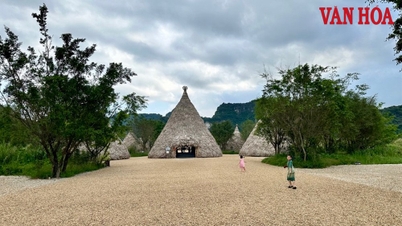

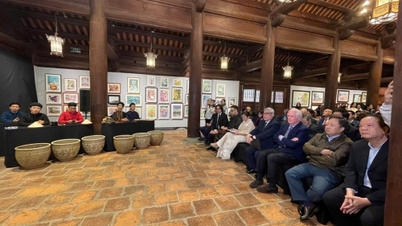
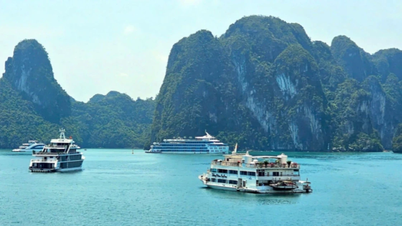
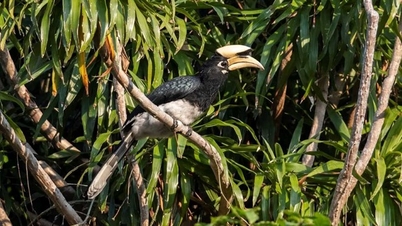

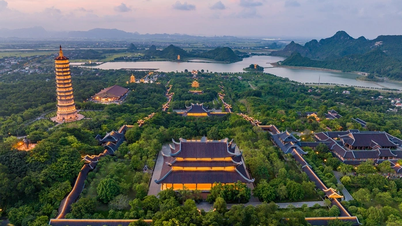



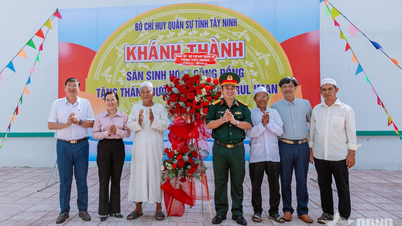

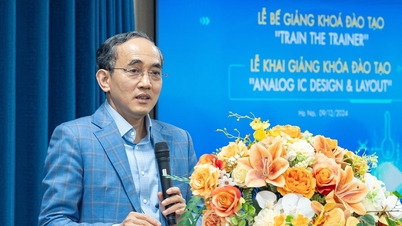




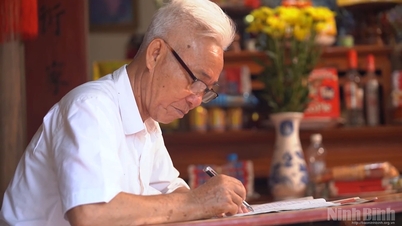

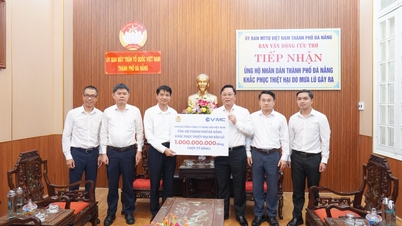
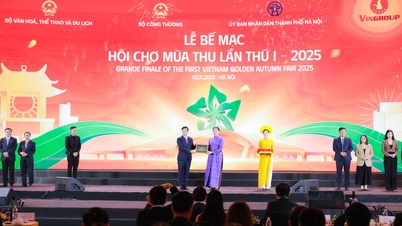
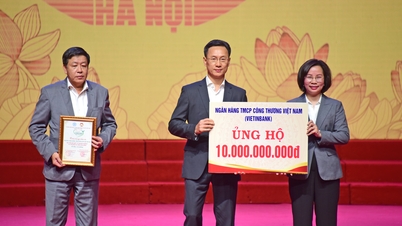




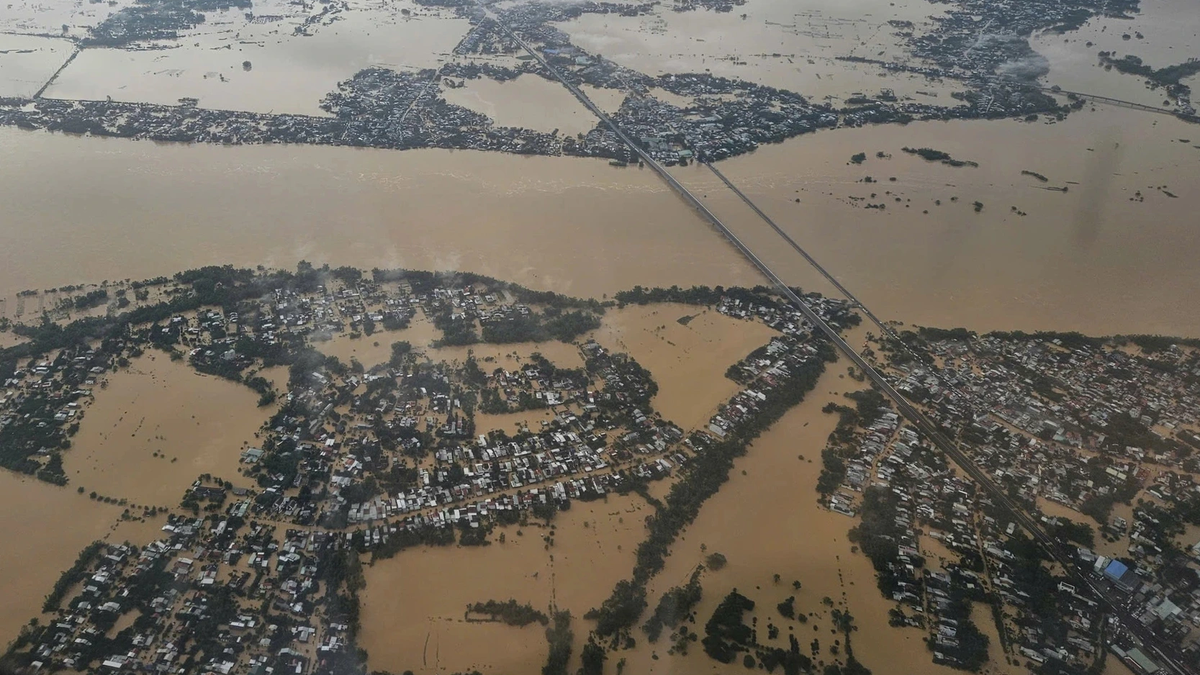





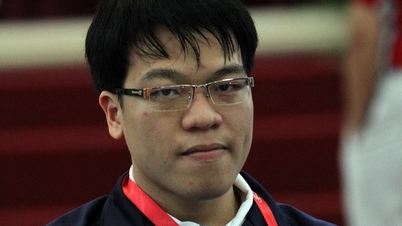
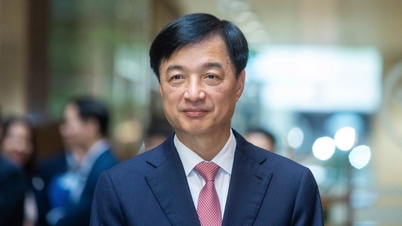



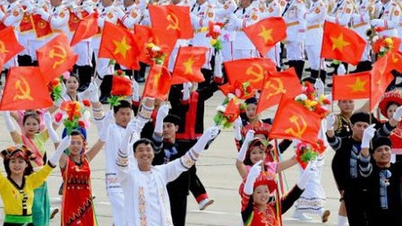

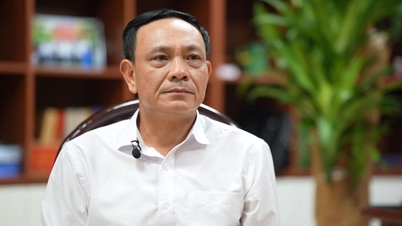






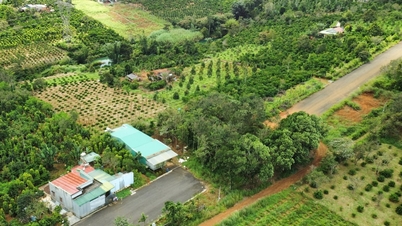
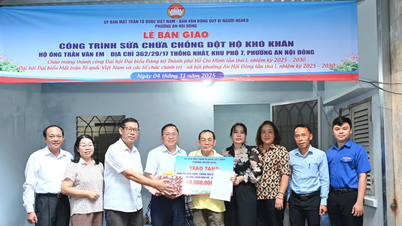



















Comment (0)